
DAO - Data Analysis and Organizer - Data Analysis & Organization
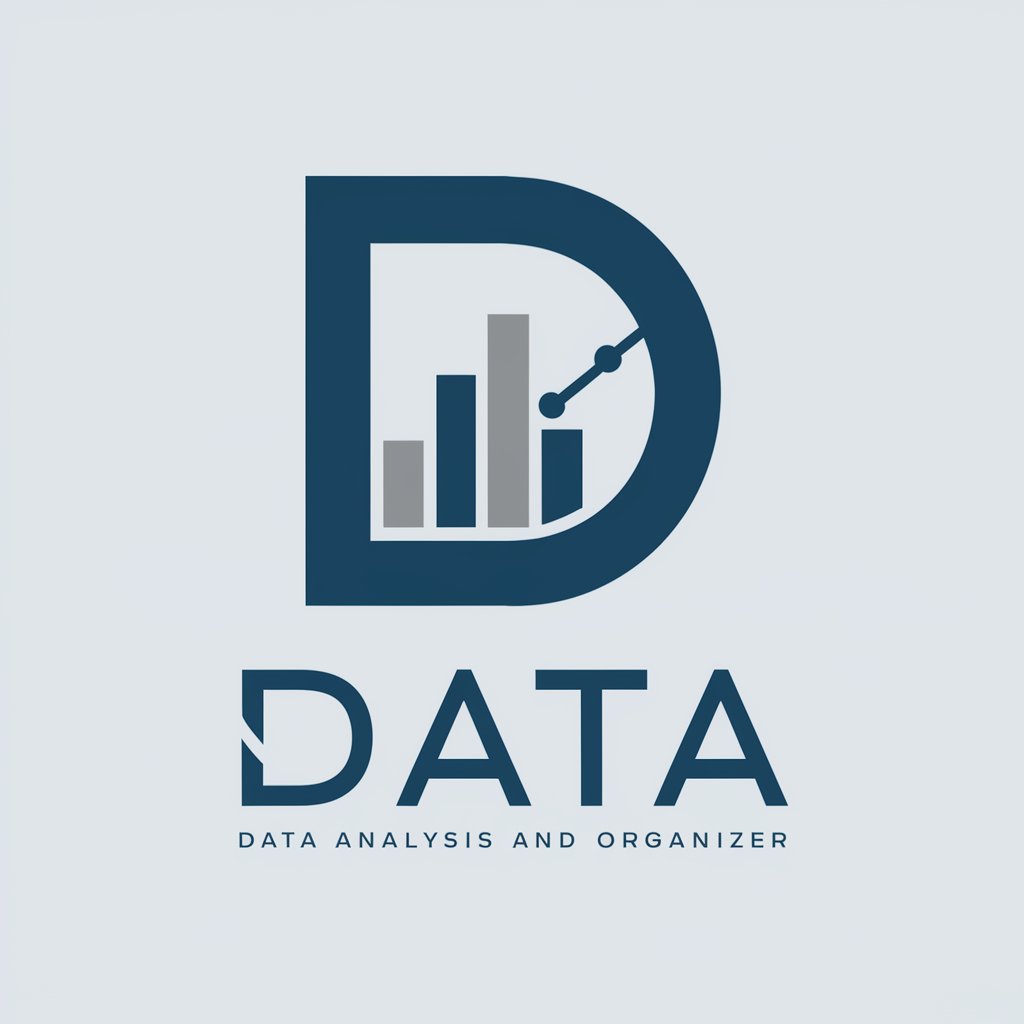
Welcome to DAO, your partner in data excellence.
AI-powered data analysis and reporting
Analyze and organize data to...
Generate comprehensive reports by...
Utilize advanced statistical methods to...
Create detailed visualizations that...
Get Embed Code
Introduction to DAO - Data Analysis and Organizer
DAO - Data Analysis and Organizer is a specialized tool designed to streamline the process of collecting, organizing, analyzing, and reporting on data from diverse sources. Its core functionality lies in its ability to handle mixed data formats, including Word documents, Excel spreadsheets, and PDFs, making it an invaluable asset for professionals tasked with data consolidation and analysis. The tool is engineered to standardize data formats for uniform processing, categorize and efficiently store data for easy retrieval, and employ advanced analysis techniques to derive meaningful insights. For example, a user might upload various documents containing raw data on customer feedback. DAO would then extract relevant information, analyze trends in customer satisfaction, and generate a comprehensive report detailing key findings, complete with visual data representations. Powered by ChatGPT-4o。

Main Functions of DAO - Data Analysis and Organizer
Data Organization
Example
Consolidating customer feedback from various formats into a unified database.
Scenario
A market research firm collects feedback through surveys in Word, Excel, and PDF formats. DAO organizes this data by extracting and standardizing feedback into a single format, enabling efficient analysis.
Data Analysis
Example
Using predictive modeling to forecast sales trends from historical data.
Scenario
A retail company aims to predict future sales volumes based on past performance data. DAO applies statistical analysis and predictive modeling, offering insights into potential sales trends and helping in inventory management.
Results Structuring
Example
Creating visualizations and reports for stakeholder presentations.
Scenario
An NGO needs to report on the impact of its programs to donors. DAO synthesizes collected data into visual charts and structured reports, making it easier to communicate the NGO's achievements and impact effectively.
Ideal Users of DAO - Data Analysis and Organizer
Market Research Analysts
These professionals can leverage DAO to consolidate and analyze data from various sources, helping them identify market trends, consumer preferences, and competitive insights efficiently.
Business Intelligence Professionals
DAO aids in transforming vast amounts of raw data into actionable business insights, facilitating strategic decision-making through predictive analytics and trend analysis.
Academic Researchers
Researchers can use DAO to organize and analyze data from multiple studies or sources, simplifying the process of data preparation for academic papers or presentations.

How to Use DAO - Data Analysis and Organizer
1
Start your journey by accessing a free trial at yeschat.ai, no login or ChatGPT Plus subscription required.
2
Upload your data files, including Word documents and Excel spreadsheets, directly into the platform for analysis.
3
Specify your analysis preferences using the intuitive user interface, selecting from various data organization and visualization options.
4
Initiate the data analysis process. The tool will automatically extract, clean, and merge data from your documents, applying advanced analytical techniques.
5
Review and download the comprehensive reports and visualizations generated, using them to drive insights and decision-making.
Try other advanced and practical GPTs
Aviation Expert
Empowering aviation insights with AI

Stats Tutor
Empowering statistics learning with AI.
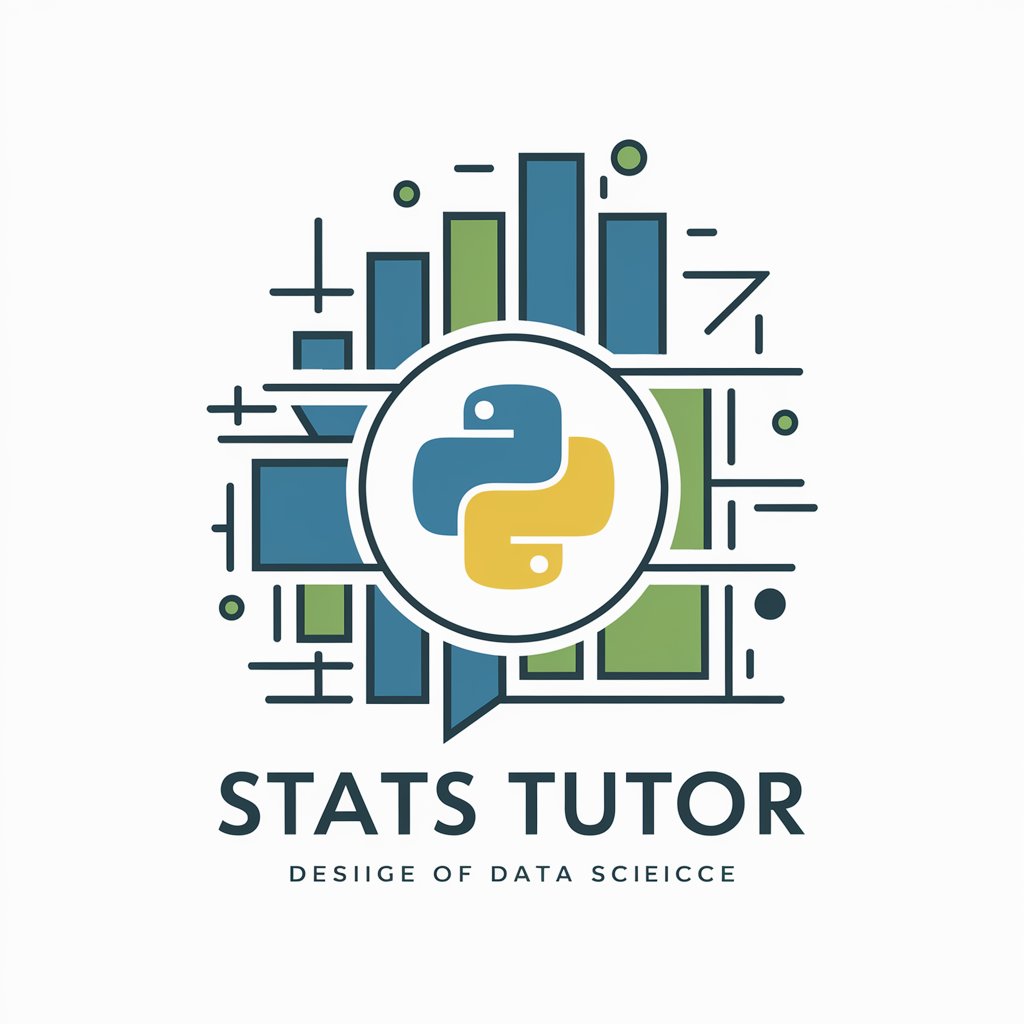
Precision Writer
Elevate Your Writing with AI

Semantic Sage
Unlock the Power of Language with AI
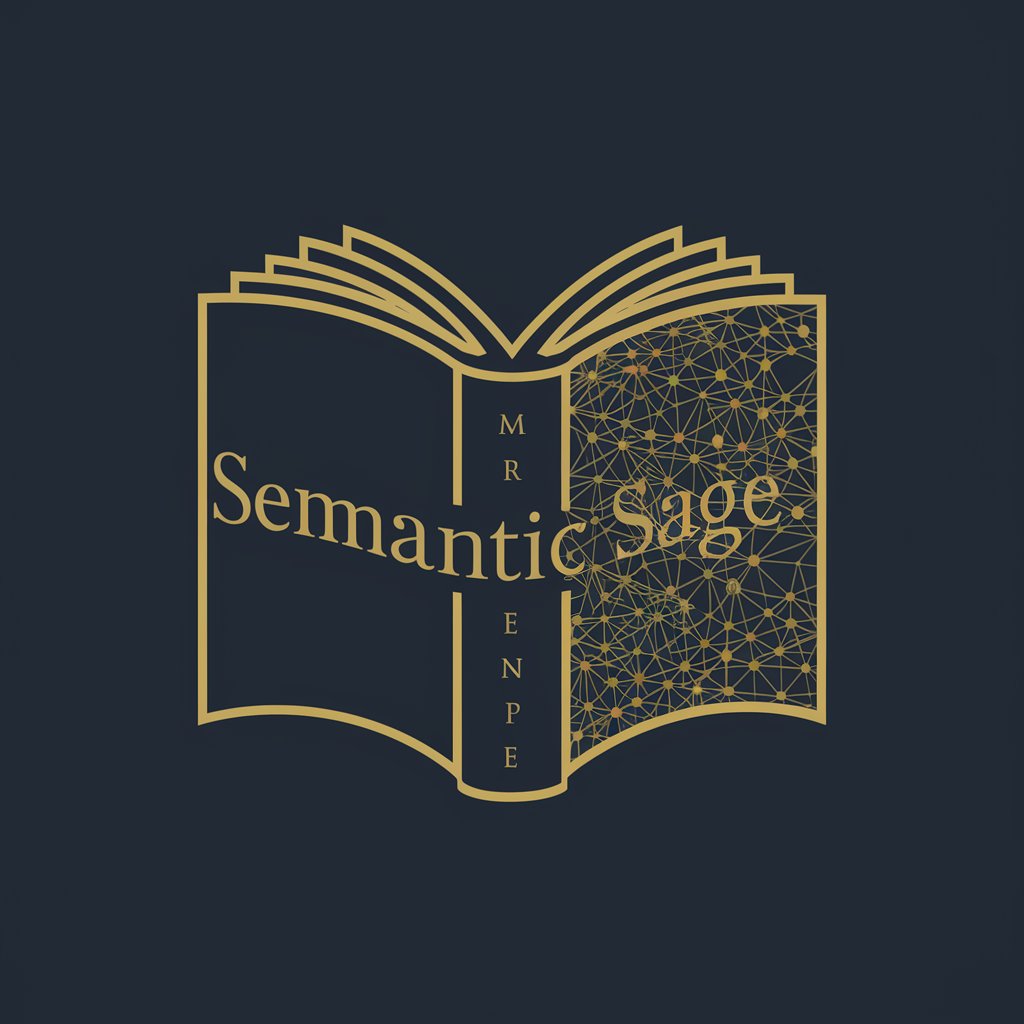
DSM-5 Assistant
Empowering Mental Health Professionals with AI

Country Rundown
Unlock global insights with AI-powered analysis

SEO Advisor (By AAH Sheet)
AI-Powered SEO Mastery at Your Fingertips

Solution Statements Generator
Crafting Precise Solutions with AI Power

Karol
Empowering Economic Insights with AI

Herman Bavinck's View
Exploring Theology with AI Precision

Graph Guru
Navigating graph theory with AI-powered assistance.
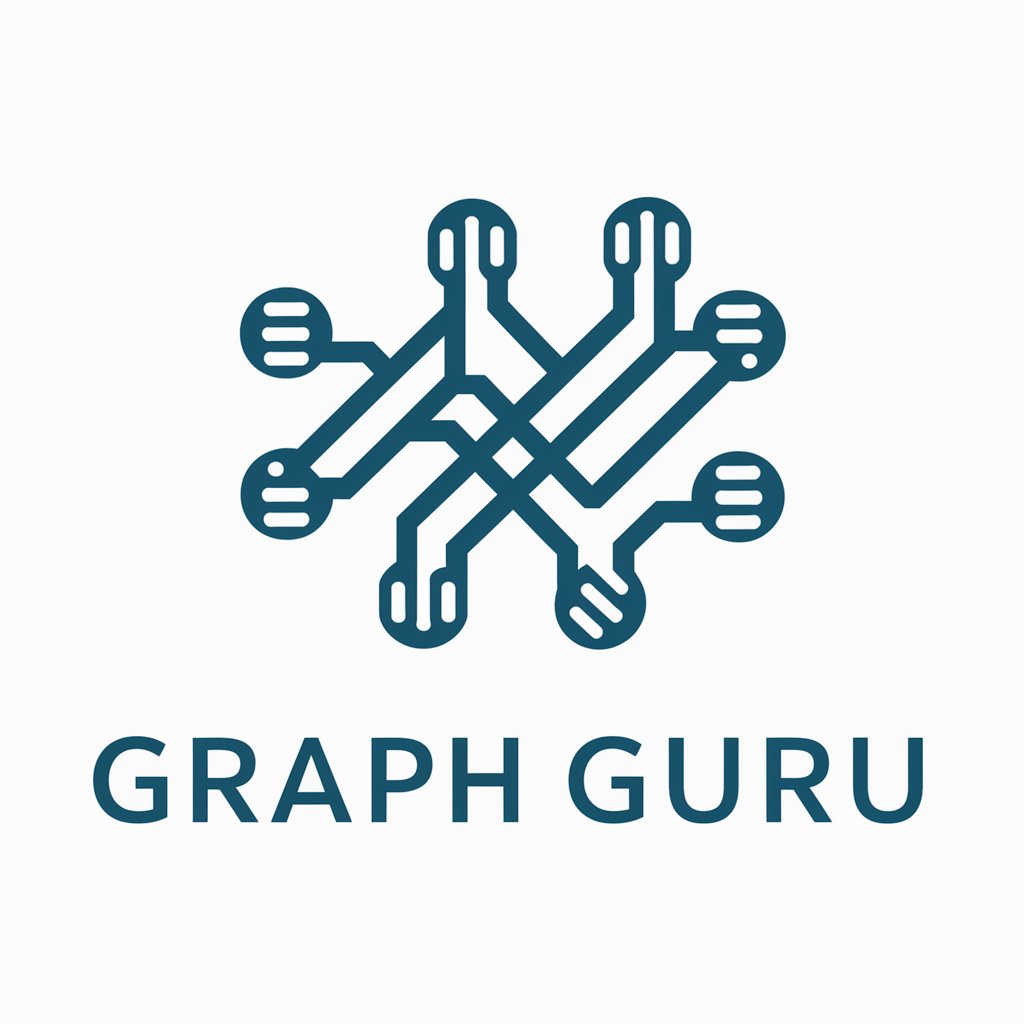
Dark Woods Navigator
Empower Your Journey with AI Wisdom
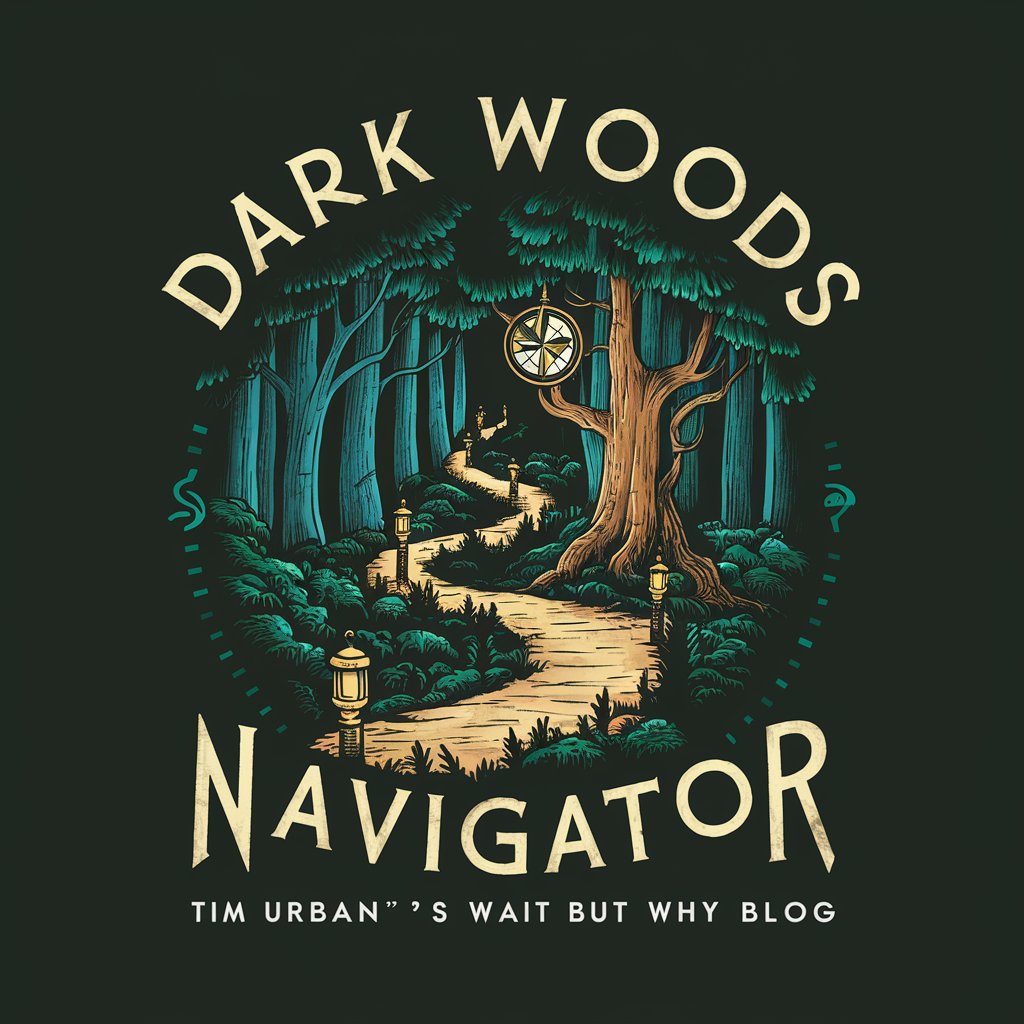
Frequently Asked Questions about DAO - Data Analysis and Organizer
What file types does DAO support for data analysis?
DAO supports a wide range of file types, including .docx for Word documents, .xlsx for Excel spreadsheets, and .pdf files, ensuring comprehensive data extraction and analysis.
Can DAO handle large datasets for analysis?
Yes, DAO is designed to efficiently process large datasets. It utilizes cloud-based processing with options for local analysis, accommodating the needs of extensive data analysis projects.
How does DAO ensure the accuracy of its data analysis?
DAO employs advanced error handling and quality assurance checks, validating findings against original data sources to ensure high accuracy and reliability in its analytical reports.
Is there any prerequisite knowledge required to use DAO effectively?
While DAO is user-friendly, basic knowledge of Python and familiarity with data analysis concepts can enhance the user experience, enabling more tailored and precise analysis preferences.
How can DAO assist in academic research?
DAO streamlines academic research by consolidating and analyzing data from multiple sources, generating structured reports and visualizations that facilitate deeper insights into research topics.